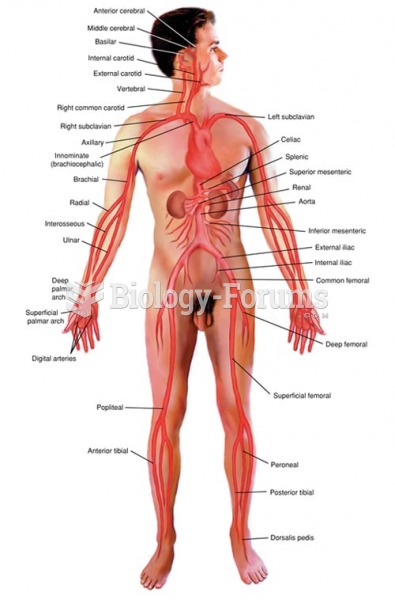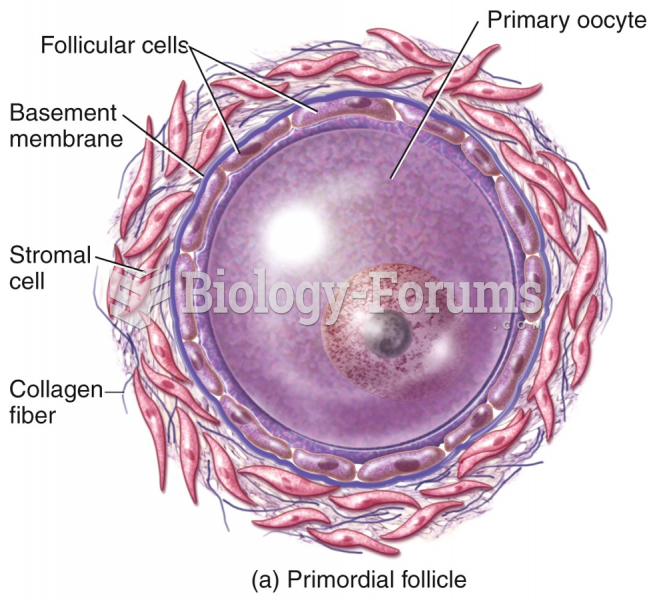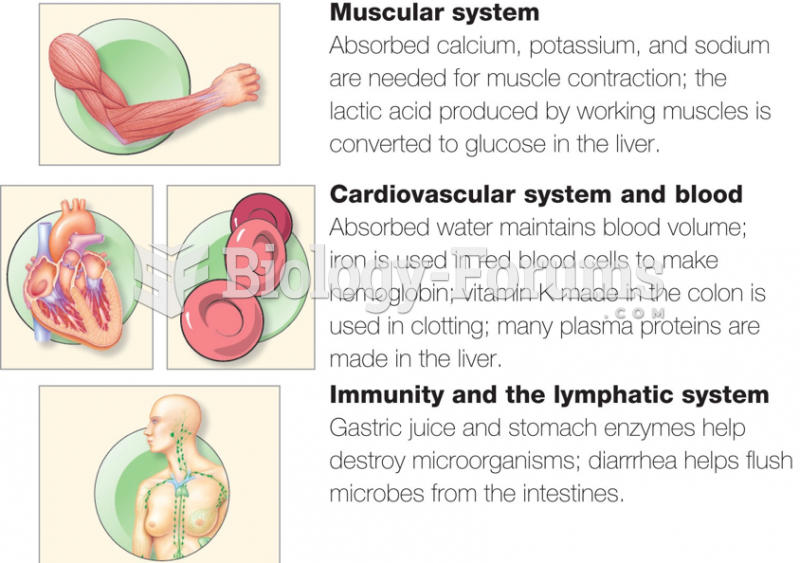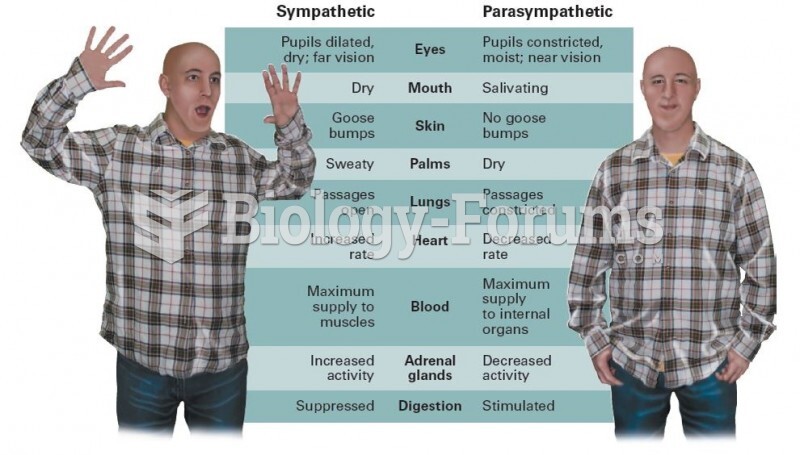Answer to Question 1
Correct Answer: 1,2,3
Rationale 1: Through its connection with the hypothalamus, autonomic actions such as rapid heart rate are associated with intense emotional states.
Rationale 2: Through its connection with the hypothalamus, autonomic actions such as high blood pressure are associated with intense emotional states.
Rationale 3: Through its connection with the hypothalamus, autonomic actions such as peptic ulcers are associated with intense emotional states.
Rationale 4: Increased peristalsis is not associated with actions of the limbic system.
Rationale 5: Slow respirations are not associated with actions of the limbic system.
Global Rationale: Through its connection with the hypothalamus, autonomic actions such as rapid heart rate, high blood pressure, and peptic ulcers are associated with intense emotional states. Increased peristalsis and slow respirations are not associated with actions of the limbic system.
Answer to Question 2
Correct Answer: 1,2
Rationale 1: The spinal cord is essentially a conduction pathway to and from the brain. Disruptions of these pathways will prevent transmission of nerve impulses and cause loss of sensory function (paresthesia).
Rationale 2: The spinal cord is essentially a conduction pathway to and from the brain. Disruptions of these pathways will prevent transmission of nerve impulses and cause loss of motor function (paralysis).
Rationale 3: Jerky body movements are not associated with a spinal cord injury.
Rationale 4: Obsessive-compulsive disorder is not associated with a spinal cord injury.
Rationale 5: Drowsiness is not associated with a spinal cord injury.
Global Rationale: The spinal cord is essentially a conduction pathway to and from the brain. Disruptions of these pathways will prevent transmission of nerve impulses and cause loss of sensory function (paresthesia) and motor function (paralysis). Jerky body movements, obsessive-compulsive disorder, and drowsiness are not associated with a spinal cord injury.







